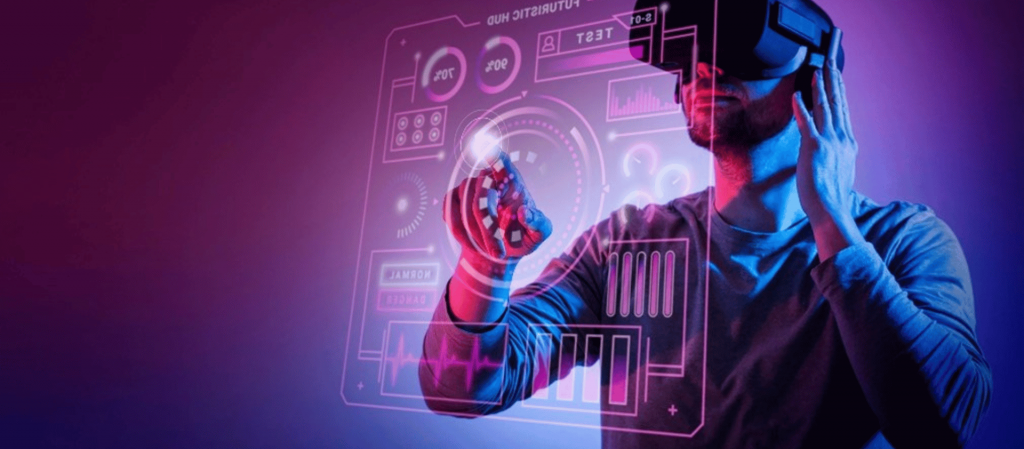Although it did not take long for it to reach everyone’s lips thanks to its facilities and benefits, AI is a tool that is within reach; which means that both common users and cybercriminals can make use of it… and put it at the mercy of their targets.
In this sense, AI can be a double-edged sword when it comes to cybersecurity, since it can further optimize and evolve the tools of cybercriminals so that they can achieve their goals and profit illegally.
Among the main risks that users are exposed to with the advent of AI and its use for malicious purposes are hackers, who use open source technology and combine it with generative AI. On the other hand, the creation of bots using AI that can carry out social engineering attacks, explore code, automate vulnerabilities, among many other functions, has already been observed.
So is there anything left to do? Of course, the appearance of artificial intelligence adds to the challenging context of threats against which security measures must be taken. Here are some to keep in mind:
- Network protection: It is essential to have firewalls, intrusion detection systems and software dedicated to the analysis of network traffic that can identify and block suspicious activity.
- Identity Management: implementing an access control strategy will help reduce the risk of unauthorized access to systems. These practices also include double authentication and user lifecycle management, among others.
- Endpoint protection: This is the adoption of endpoint management measures that include behavior-based analysis, threat intelligence, and proactive patch management.
It is essential to keep information security measures up to date to reduce risks, understanding that cybercriminals are constantly optimizing and evolving their attacks.
For more information contact INSSIDE

